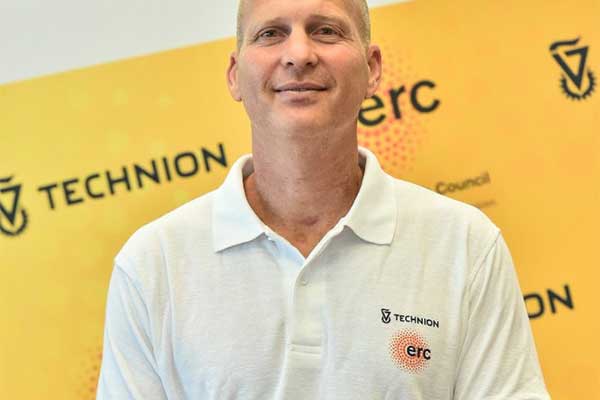Researchers at the Technion-Israel Institute of Technology have developed a technology that could improve the efficiency of photovoltaic cells by nearly 70 percent. The breakthrough could be a key for overcoming current technological limitations to harnessing solar power to meet the world’s energy consumption demands.
The study was conducted at the Excitonics Lab, headed by Professor Carmel Rotschild, in the Technion Faculty of Mechanical Engineering, with assistance from the Grand Technion Energy Program and the Russell Berrie Nanotechnology Institute at the Technion, and as part of the lab’s European Research Council (ERC) RC project on new thermodynamic tools for solar cells.
Photovoltaic cells optimally utilize a very narrow range of the solar spectrum — the broad light supplied by the sun. Radiation not within this narrow range merely warms these cells, and is not utilized. This energy loss limits the maximum efficiency of current solar cells to around 30%.
In a paper recently published in Nature Communications, the Technion researchers describe how their technology is based on an intermediate process that occurs between sunlight and the photovoltaic cell. The photoluminescence material they created absorbs the radiation from the sun, and converts the heat and light from the sun into an “ideal” radiation, which illuminates the photovoltaic cell and enables higher conversion efficiency. As a result, the device’s efficiency is increased from 30% to 50%.
The inspiration for the technology comes from optical refrigeration, where the absorbed light is re-emitted at higher energy, thereby cooling the emitter. The Technion technology works similarly, but with sunlight.
“Solar radiation, on its way to the photovoltaic cells, hits a dedicated material that we developed for this purpose, and the material is heated by the unused part of the spectrum,” says graduate student Assaf Manor, who led the study as part of his PhD work. “In addition, the solar radiation in the optimal spectrum is absorbed and re-emitted at a blue-shifted spectrum. This radiation is then harvested by the solar cell, and both the heat and the light are converted to electricity.”
Reference(s):
Publication: Assaf Manor, Nimrod Kruger, Tamilarasan Sabapathy, Carmel Rotschild. Thermally enhanced photoluminescence for heat harvesting in photovoltaics. Nature Communications, 2016
Research story: American Technion Society | November 15, 2016 (source)











Comments